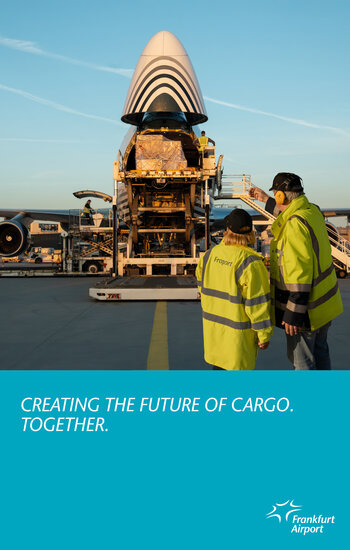Istanbul Airport (IST) is rapidly transforming into a major trans-continental air cargo gateway, linking Europe, Asia and the Middle East through advanced infrastructure, its favorable strategic location and extensive growth metrics. Its ascent not only reflects Turkey’s expanding role in global logistics but also marks a recalibration of freight flows toward hubs capable of supporting high-value, time-sensitive trade into and from Asia.

Strategic location and scale
Positioned at the juncture of three continents, Istanbul Airport benefits from a unique geography that places it within a five-hour flight radius of many major production centers in Asia, while maintaining direct connectivity with European and Middle Eastern markets. Analysts note that in just five years the airport climbed from 47th to 17th globally in cargo rankings. With 1.97 million tons handled in 2024 (a yearly increase of nearly 40%) IST overtook traditional European cargo hubs such as Frankfurt Airport to become Europe’s busiest cargo airport.
Infrastructure built for high-value flows
The airport’s cargo ecosystem is anchored by major investments in terminal and warehousing infrastructure. The “Cargo City” complex spans around 1.4 million m² and is designed to scale to 4.5–5.5 million tons annual capacity, covering cross-dock, cold-chain, and value-added services. One flagship asset is the SmartIST terminal: equipped with high-bay automated storage, pharmaceutical-grade facilities, hazardous goods zones and integrated warehousing management systems.
Leading integrators and airlines are anchoring their operations here. For example, FedEx Corporation officially launched its global air transit facility at IST in 2025. The 25,300 m² site, capable of processing up to 7,000 packages per hour, links 30 weekly flights and road feeder services across 45 countries.
Asia-bound focus and logistics chain connectivity
Beyond raw tonnage, IST’s appeal lies in its ability to handle complex, high-value and time-sensitive cargo flows, which can indeed be critical for Asia-bound exports. The infrastructure supports temperature-controlled, pharma and express shipments, and its integrated network of passenger and dedicated freighter airlines enables flexible routing. Sources cite growth in e-commerce, pharma and specialized cargo as key drivers.
From a routing perspective, IST offers direct freighter and belly-capacity connectivity through Middle East gateways and onward into Asia, combined with road and rail feeder links into Turkey’s broader logistics hinterland. The airport is now being utilized as a trans-shipment point for Asia–Europe and intra-Asia flows alike.
Competitive edge and implications for Europe–Asia trade
IST’s rapid growth highlights shifting dynamics in global air-cargo hubs. Lower handling costs, modern infrastructure and fewer capacity restraints give it a competitive advantage over entrenched European airports, many of which face limited space or congested legacy operations. The German Aviation Association (BDL) cited IST’s near-40 % growth in 2024 versus Frankfurt’s 1.2 % as an indicator of structural shift.
For companies aiming to reach Asian markets, Istanbul Airport offers more than just transit: it enables shorter ground-time, integrated logistics services and access into Eurasian markets that were previously less efficient via Europe-centric hubs. As such, freight forwarders, integrators and e-commerce platforms are increasingly including IST in their routing strategies for Asia-bound consignments. Looking ahead, the airport has set an ambitious target of exceeding 5 million tons of annual cargo capacity. With foundational infrastructure in place and strategic partners onboard, IST appears well-positioned to become one of the world’s major freight hubs for Asia-bound air cargo in the coming decade.
ISTANBUL AIRPORT FACTS
Performance
- 1.97 million tons of cargo handled in 2024 (+39% YoY)
- Ranked #1 in Europe and #17 worldwide (ACI 2025)
Infrastructure
- 1.4 million m² Cargo City, scalable to 5.5 million tons/year
- SmartIST terminal by Turkish Cargo: among the world’s most advanced automated facilities
Connectivity
- 85+ airlines linking Asia, Europe, and the Middle East
- Strong RFS and rail access supporting multimodal flows
Outlook
- Goal: 5 million tons annual capacity by 2030
Expansion of e-commerce and pharma logistics zones underway




